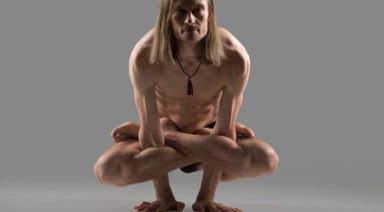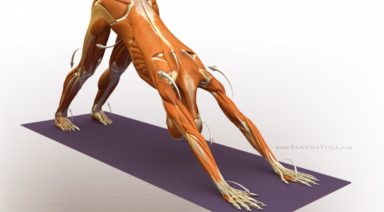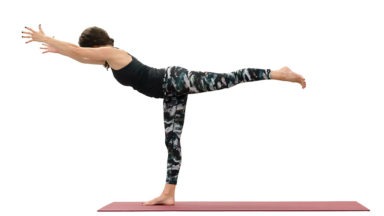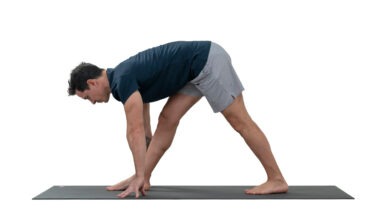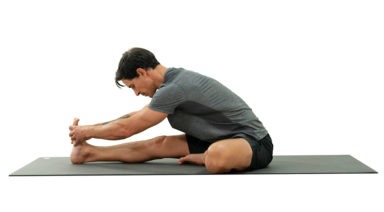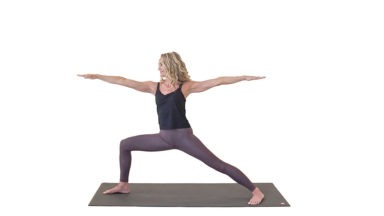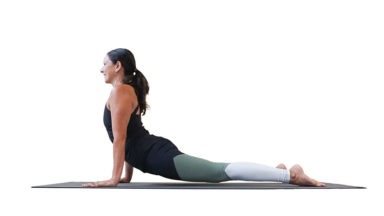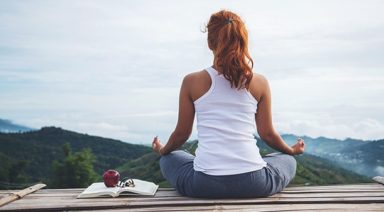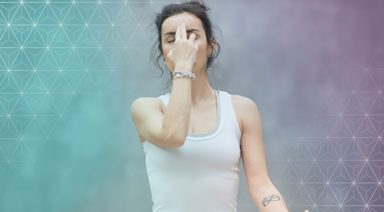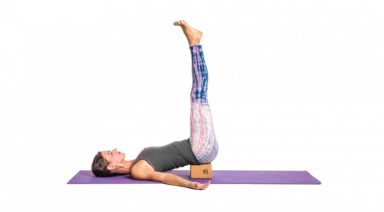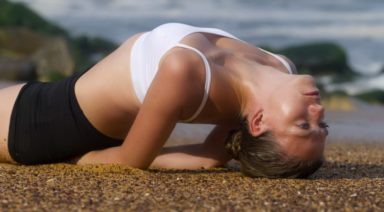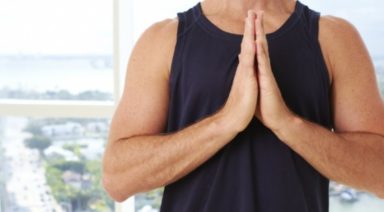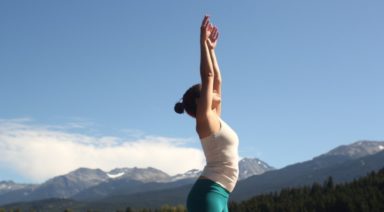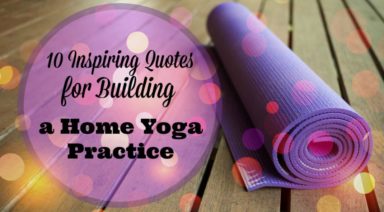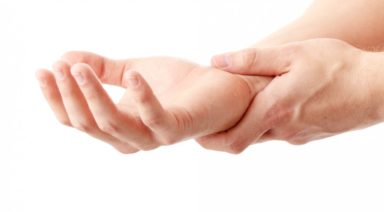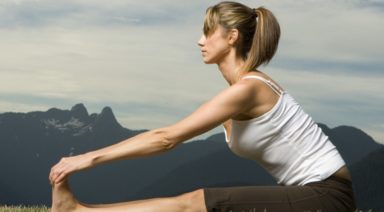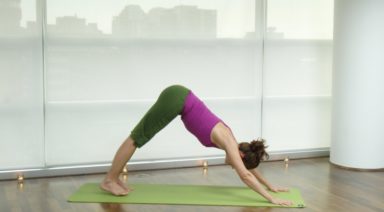5 Yoga Poses to Improve Your Sex Life

If you are wondering what the connection is between yoga and sex you are not alone. Many people automatically think that there can’t be a connection there. But, it is important to know that yoga can help you have better sex. In fact, many people including fitness instructors, and medical professionals recommend yoga for improved intimacy.
What is important to remember is that being fit in general is likely to give you more self-confidence. When your self-confidence levels are high, your satisfaction in the bedroom will automatically increase. It will still actually increase even if the sex doesn’t change at all! How amazing is that? Practicing yoga and exercising in general can also provide a better awareness of your body. This is important to having a good sex life. You may notice things about your body when you practice yoga, or just stretch. You can begin to better understand your body, its flexibility, and your limits. This alone can help to improve your sex life.
The art of yoga relies on body awareness, body movement, and breathing. Many experts say that these three components are important to having healthy intimacy levels. In fact, did you know that by practicing yoga, your sex life will improve even if it wasn’t your goal or the main purpose for you taking up yoga?
As previously stated, when you have better body awareness, you are more likely to enjoy sex. Body awareness is one of the many foundations that yoga is built on. Being aware of your body can help to give you a better image of yourself, which can, in turn, increase your sex drive and ignite passion.
As for the breathing in yoga, it is so much more than just taking a breath while sitting on the couch at home. The breathing that yoga calls for actually helps to make your spine and your pelvis stronger. What does this mean for intimacy? It can result in better action and movement. You may find yourself being able to have sex longer. Your ability to try new sex positions also improves.
If your significant other isn’t currently practicing yoga, encourage them to try it! Practicing yoga together can also be quite rewarding.
Try these five poses to add a little zing to your sex life:
-
Wide-Legged Seated Forward Fold (Upavistha Konasana): Improves libido by increasing blood flow to the pelvic region.
-
Shoulderstand (Salamba Sarvangasana): Reverses blood flow, decreases anxiety and stress, relaxes mind and body.
-
Bound Angle Pose (Baddha Konasana): Helps to lessen PMS and menopause symptoms and promotes healthy functioning of the reproductive organs.
-
Cat/Cow (Marjaryasana): As you move through cat/cow, the kegel muscles strengthen as they work to control the tailbone. Strong, healthy kegel muscles produce better, more controlled orgasms.
-
Cobra (Bhujangasana): A, It’s a heart opener. The pose opens the heart chakra, opening it to the possibilities of love. B, It’s an energizing pose, which is good for those who are often too tired for sex.
Defining Yoga Asanas

The Sanskrit word asana translates into seat in English, but if you say the word to yoga practitioners, all the postures and stretches they know will flash through their minds. Patanjali’s Yoga Sutras simply define asana as a “steady, comfortable posture,” which could be any shape.
In modern yoga context, an asana refers to a physical pose i.e. balasana (child’s pose) or trikonasana (triangle pose).
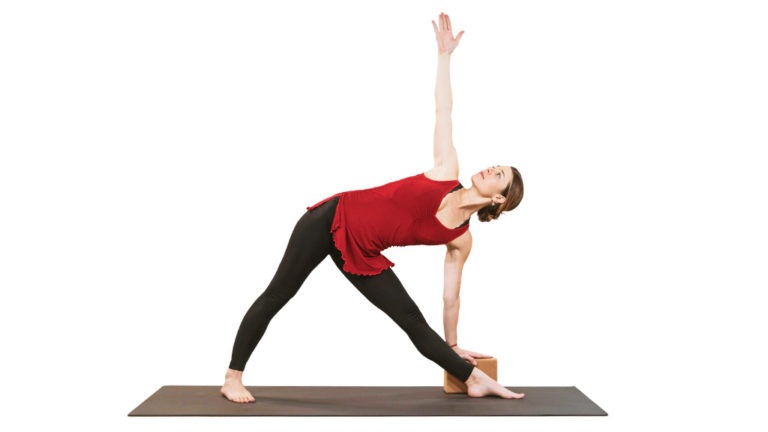
Trikonasana (triangle pose)


